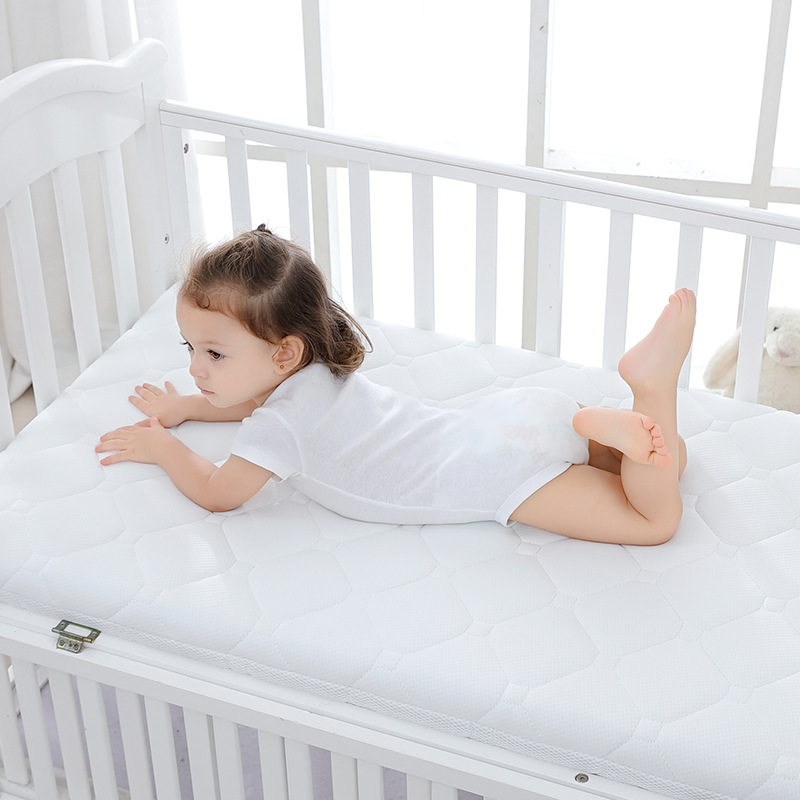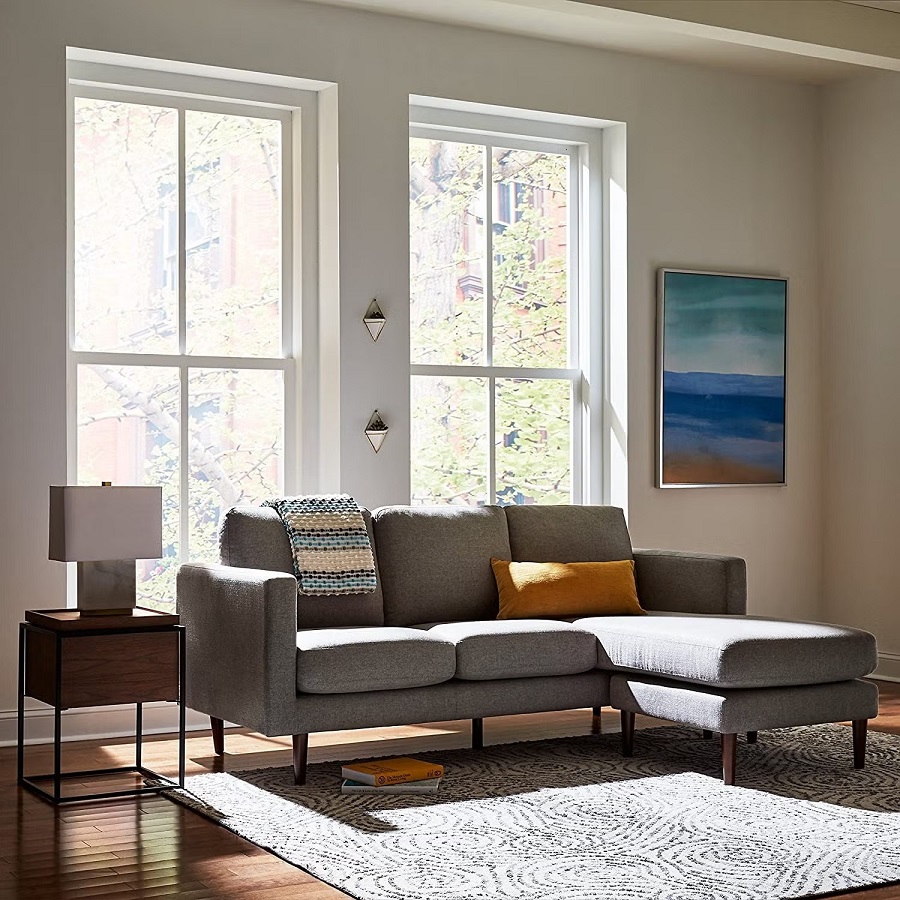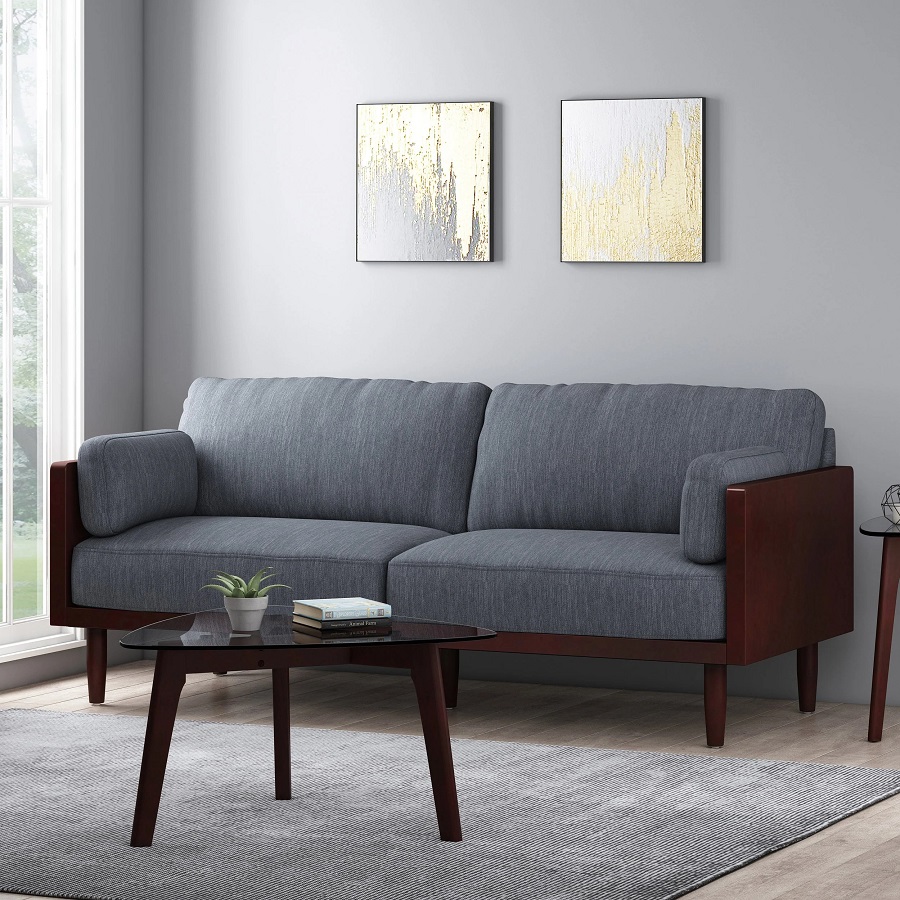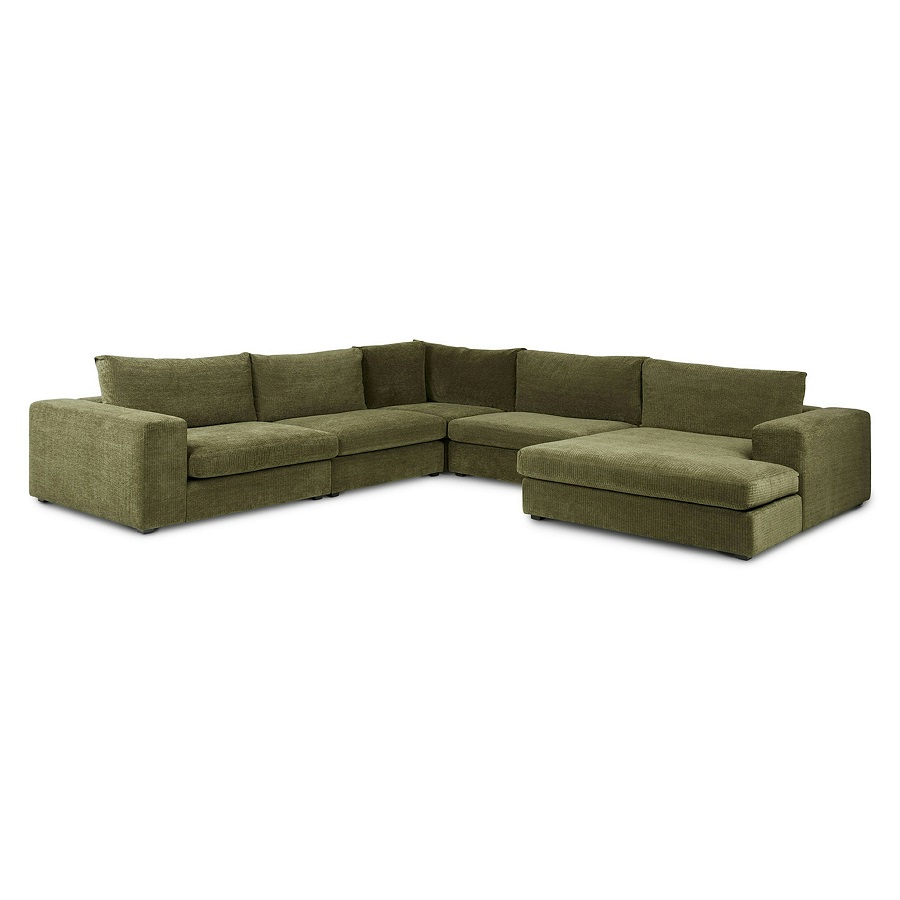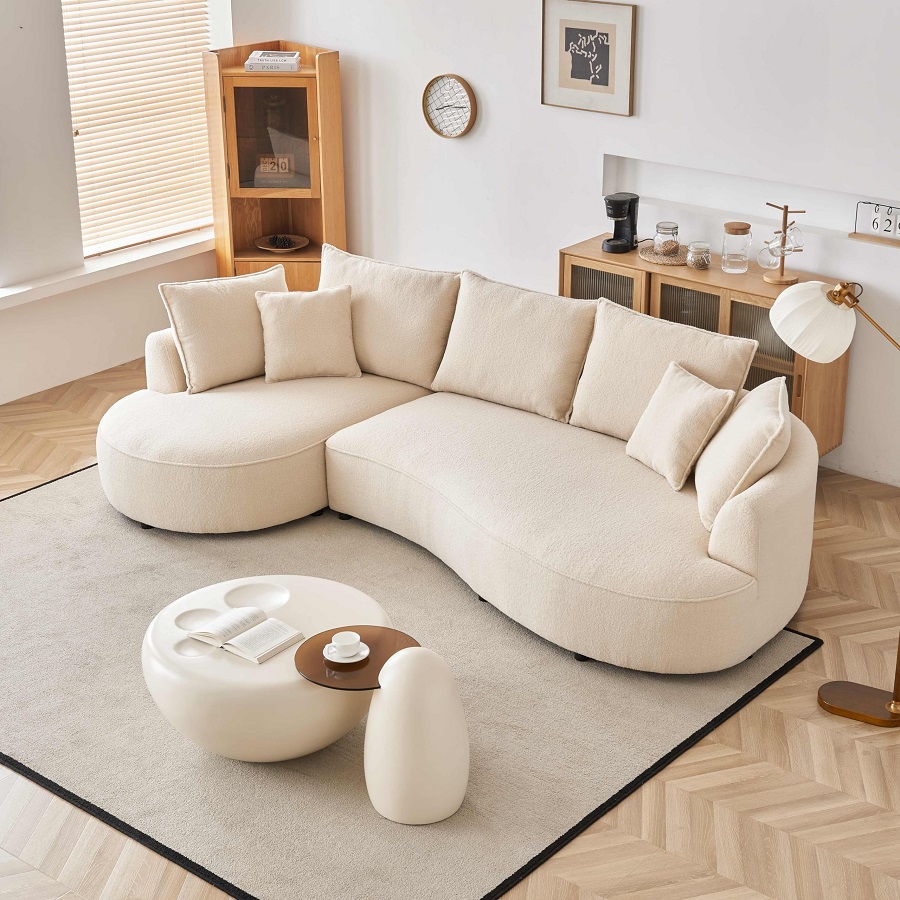Introduction to Crib Mattresses
When preparing for a new baby, one of the essential items on every parent’s checklist is a crib mattress. However, many may wonder if all crib mattresses are the same size and if there are any specific dimensions they should be aware of. Understanding the standard dimensions and variations in crib mattresses is crucial for ensuring your baby’s safety, comfort, and proper development. This article delves into the intricacies of crib mattress sizes, explaining the standard dimensions, why they matter, and how to choose the right one for your crib.
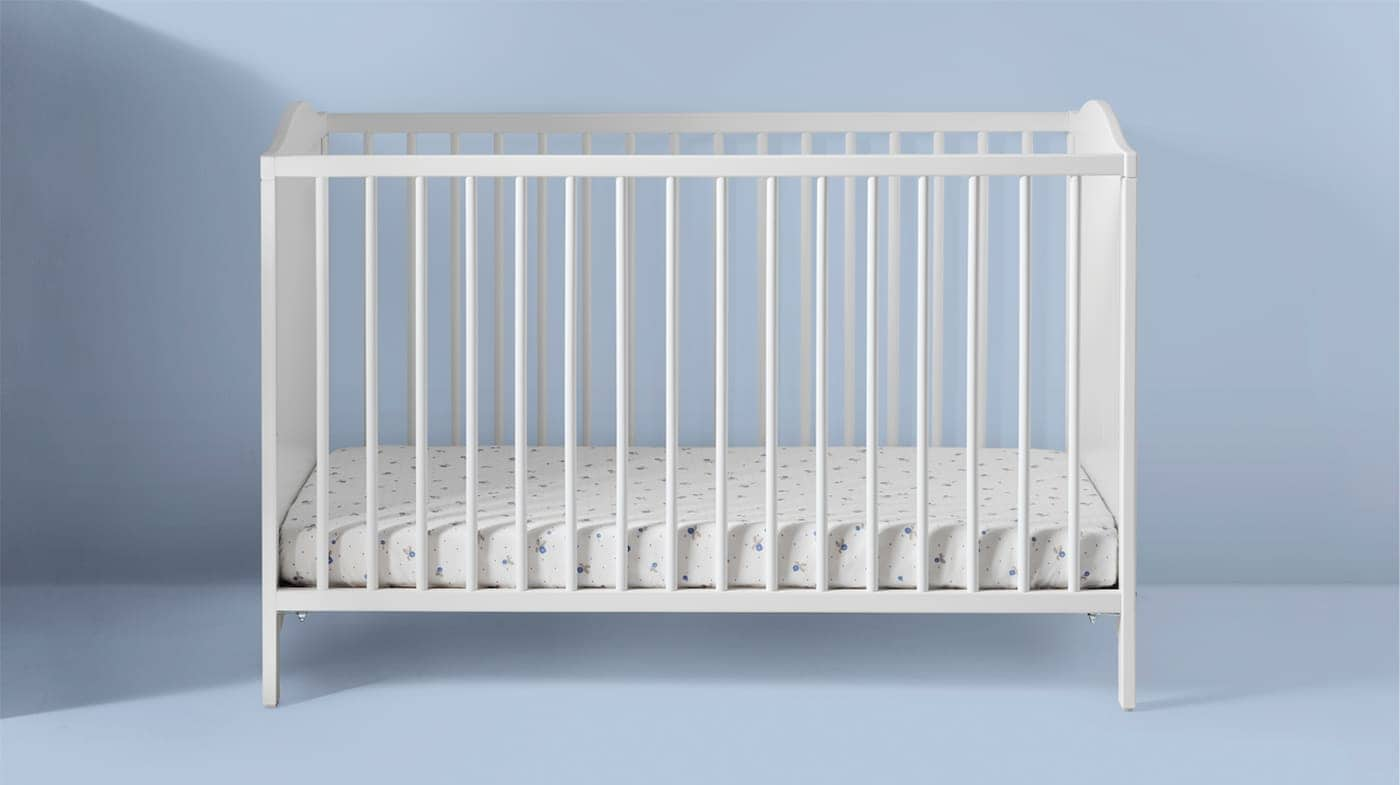
Standard Dimensions of Crib Mattresses
Crib mattresses are generally designed to fit snugly within standard-sized cribs to ensure safety and comfort for infants. In the United States, the Consumer Product Safety Commission (CPSC) mandates that full-size crib mattresses should measure at least 27 1/4 inches wide by 51 1/4 inches long, with a thickness not exceeding 6 inches. These dimensions help prevent gaps between the mattress and the crib frame, which could pose suffocation or entrapment hazards. While these measurements are standardized, slight variances of up to half an inch are permissible, providing some leeway for manufacturers while still maintaining stringent safety standards.
Importance of Crib Mattress Size
The size of a crib mattress is more than just a matter of fitting inside the crib; it significantly impacts the safety and well-being of your child. A mattress that is too small can leave dangerous gaps where a baby might get trapped, increasing the risk of injury or suffocation. Conversely, a mattress that is too large may not lie flat, creating an uneven sleeping surface that could affect an infant’s spinal development. Ensuring the mattress fits perfectly within the crib also contributes to better sleep quality, as an ill-fitting mattress can shift or bunch up, causing discomfort and disruptions during the night.
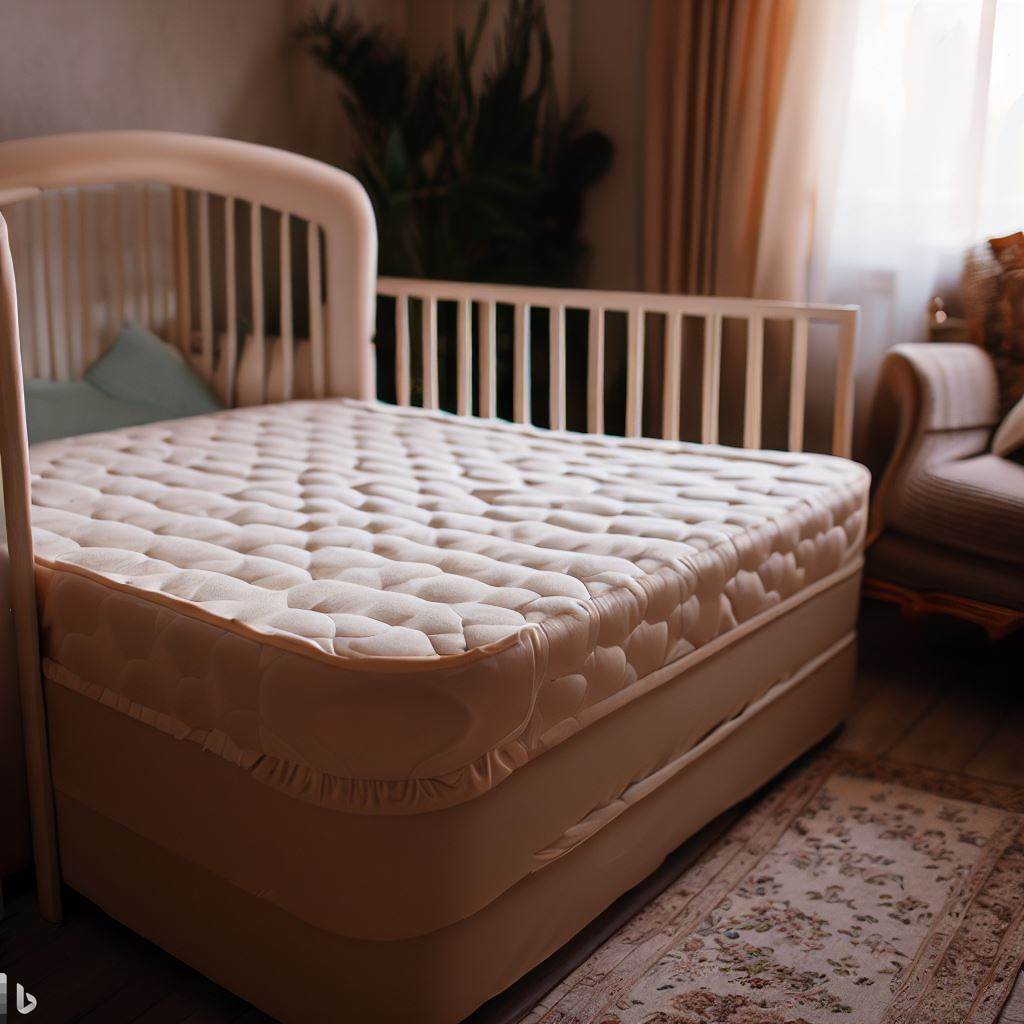
Variations in Crib Mattress Sizes
While standard dimensions exist, crib mattresses are available in a variety of sizes to accommodate different types of cribs beyond the typical full-size models. Mini cribs, for example, use smaller mattresses that typically measure around 24 inches wide by 38 inches long. These are ideal for smaller living spaces or for use as secondary sleeping areas in grandparents’ homes or nurseries. It’s important to note that non-standard cribs, such as those with oval or round shapes, require specially designed mattresses. Parents must always check the specifications of their crib model to ensure they purchase the correct mattress size, thereby avoiding any potential safety risks.
Choosing the Right Crib Mattress
Selecting the right crib mattress involves more than just matching the size to your crib. Considerations such as firmness, material, and breathability are equally important. For instance, infants need a firmer mattress to support their growing bodies and reduce the risk of Sudden Infant Death Syndrome (SIDS). Materials vary from traditional innerspring to modern foam and organic options, each offering different benefits in terms of support, durability, and hypoallergenic properties. Breathable mattresses enhance airflow around the baby, helping to regulate body temperature and reduce overheating. When shopping for a crib mattress, always prioritize these factors alongside size to ensure comprehensive safety and comfort for your baby.

The Role of Mattress Covers and Sheets
In addition to the mattress itself, the covers and sheets you use play a significant role in maintaining a safe and comfortable sleep environment for your baby. Crib sheets should fit snugly around the mattress without any excess fabric that could bunch up and pose a suffocation hazard. Waterproof mattress covers are also recommended to protect against spills and accidents, extending the life of the mattress while ensuring it remains hygienic. When choosing covers and sheets, always check that they are designed for the specific dimensions of your crib mattress to maintain a secure fit that supports safe sleep practices.
Impact of Mattress Thickness
While the length and width of crib mattresses are standardized, thickness can vary and has its own set of considerations. The CPSC regulations state that a crib mattress should not be thicker than 6 inches to prevent suffocation hazards associated with overly soft or thick mattresses. Thicker mattresses can create deeper gaps between the mattress and crib sides when the baby stands or presses against the edges, increasing the risk of entrapment. Additionally, a thicker mattress might elevate the sleeping surface too high, potentially allowing a mobile baby to climb out of the crib more easily. Therefore, adhering to the recommended thickness ensures both safety and compliance with regulatory standards.
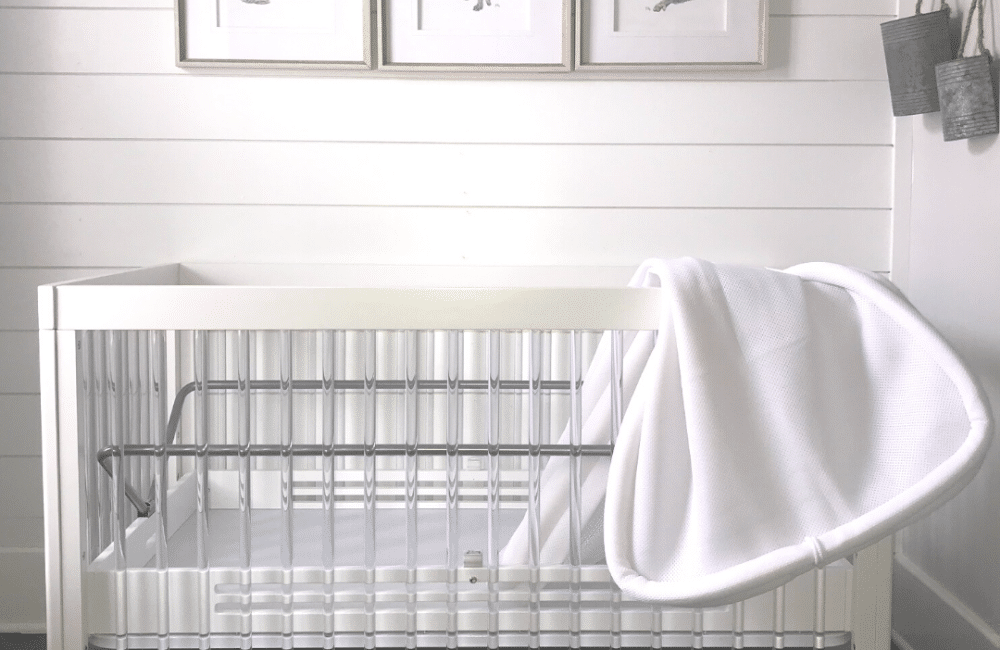
Custom and Non-Standard Crib Mattresses
While most parents opt for standard crib mattresses, some may choose custom or non-standard options to fit unique crib designs or personal preferences. Custom mattresses can be ordered to fit antique cribs, heirloom pieces, or specialty cribs with unusual dimensions or shapes. When opting for a custom mattress, it is crucial to work with reputable manufacturers who adhere to safety guidelines and can provide a properly fitting product. Although custom mattresses offer flexibility in design, they often come at a higher cost and may require additional time for production and delivery. Parents considering this route should weigh these factors carefully to ensure they make an informed decision.
Transitioning from Crib to Toddler Bed
As your baby grows, transitioning from a crib to a toddler bed is an inevitable milestone. Many crib mattresses are designed to be dual-purpose, with one firm side for infants and a slightly softer side for toddlers. This feature allows parents to extend the use of the mattress beyond the crib stage, providing continuity in their child’s sleep environment. When making this transition, it is essential to ensure that the mattress still fits securely within the new bed frame and that it continues to meet safety standards. Reusing the same mattress can also be a cost-effective solution, provided it remains in good condition and free from damage or excessive wear.
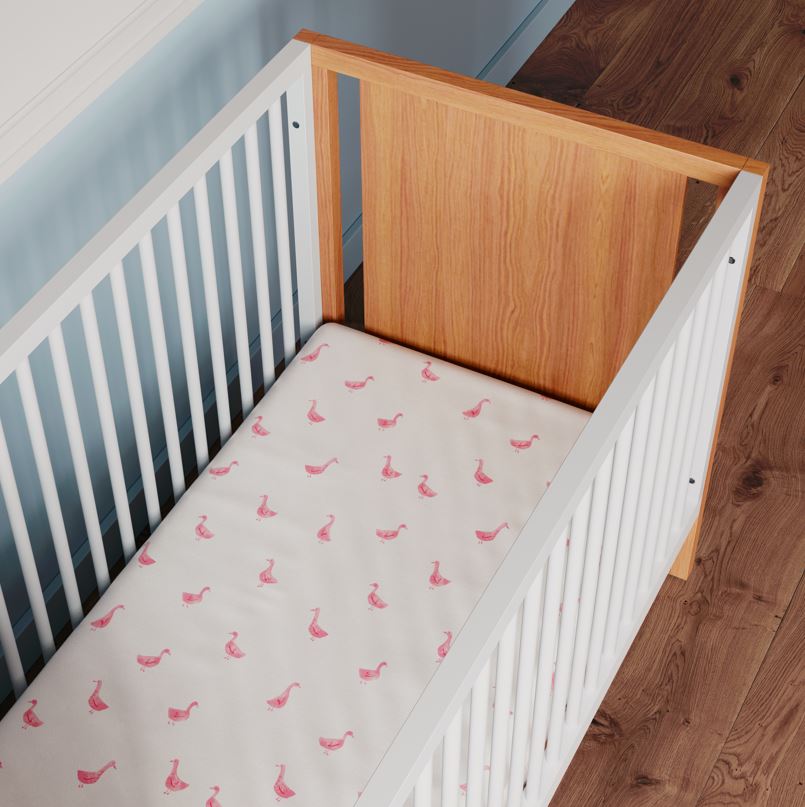
Regulatory Standards and Certifications
Understanding and adhering to regulatory standards and certifications is paramount when purchasing a crib mattress. Look for certifications such as GREENGUARD Gold, which indicates that the mattress has been tested for low chemical emissions, contributing to healthier indoor air quality. Other certifications, like CertiPUR-US for foam mattresses, ensure that the foam does not contain harmful chemicals or heavy metals. Compliance with CPSC guidelines guarantees that the mattress meets essential safety requirements. By choosing a crib mattress with these certifications, parents can have greater peace of mind knowing that their baby’s sleeping environment is both safe and healthy.
Maintaining and Caring for Your Crib Mattress
Proper maintenance and care of your crib mattress are crucial for ensuring its longevity and continued safety. Regularly inspect the mattress for signs of wear and tear, such as sagging, rips, or broken springs, and replace it if any significant damage is found. Clean the mattress periodically by wiping it down with a damp cloth and mild soap, ensuring it is thoroughly dried before remaking the crib. Using a waterproof cover can protect against spills and stains, but it should also be cleaned regularly. Avoid using harsh chemicals or cleaning agents that might damage the mattress materials or pose health risks to your baby.
Common Myths about Crib Mattresses
Several myths surround crib mattresses that can lead to misconceptions and potentially unsafe decisions. One common myth is that a softer mattress is better for a baby’s comfort, whereas pediatric experts recommend a firmer mattress to reduce SIDS risk. Another myth suggests that all crib mattresses are inherently safe if they fit within the crib, neglecting the importance of material quality, breathability, and overall construction. Some parents might also believe that any standard-sized mattress will fit any crib, overlooking the slight variations in crib designs and dimensions. Dispelling these myths through accurate information helps parents make informed choices that prioritize their baby’s safety and comfort.
Investing in Quality for Long-Term Benefits
While it might be tempting to opt for a less expensive crib mattress, investing in a high-quality product yields long-term benefits that justify the initial cost. Quality crib mattresses are made from durable materials that resist wear and maintain structural integrity over time, providing consistent support for your growing child. They are often designed with advanced safety features, such as reinforced edges and breathable fabrics, that enhance both safety and comfort. Moreover, a well-made mattress can be used for subsequent children or repurposed for other uses, making it a cost-effective investment in the long run. Prioritizing quality ensures that your baby enjoys a safe, comfortable, and supportive sleep environment from infancy through toddlerhood.
Conclusion
In conclusion, understanding the standard dimensions of crib mattresses and the importance of selecting the right size is crucial for ensuring your baby’s safety and comfort. While standard full-size crib mattresses are regulated to specific dimensions, variations exist for different types of cribs, requiring careful consideration during purchase. Factors such as firmness, material, breathability, and regulatory certifications should also guide your decision-making process. By investing time in researching and selecting a high-quality crib mattress that fits well within your crib, you create a safe and nurturing sleep environment for your child, supporting their health and development from the very start.






